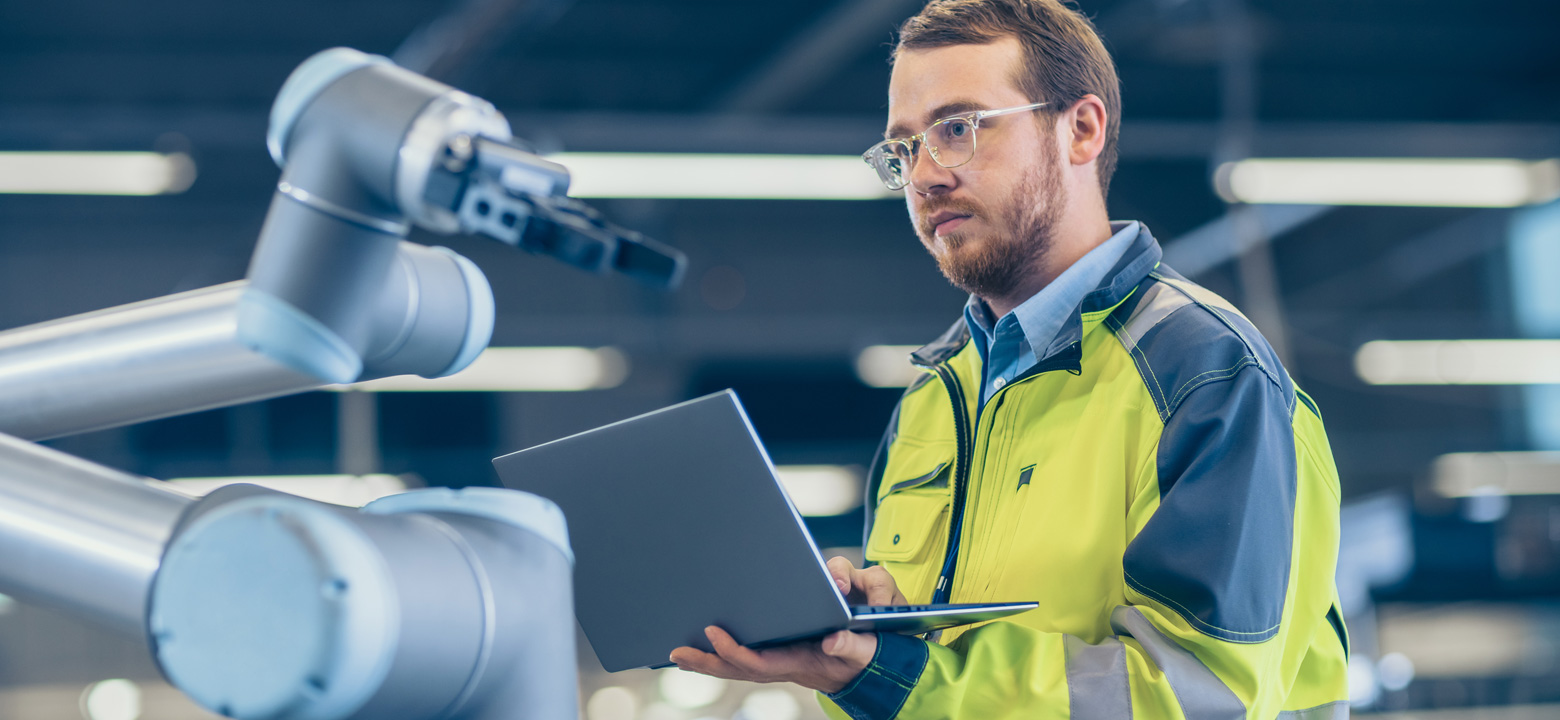
Right after World War II, computer controlled manufacturing took the industrial world by storm. Using computers, manufacturers could exhibit far more efficient, finer control over the machines they used. After that came 3D printing, which currently allows us to produce everything from home decor, to medical devices, to aerospace parts quickly, efficiently, and inexpensively. Now, there's robotic blacksmithing, a new advancement in technology that experts say may change the face of manufacturing forever.
Robotic blacksmithing, or metamorphic manufacturing, is a process that allows machines to form and shape metal. While casting requires molten metal to be shaped by a mold, and machining requires metal to be cut away to reveal the product's final shape, robotic blacksmiths can work much like human blacksmiths do—repeatedly forming a piece of metal until it reaches the desired shape. Sensors decipher the shape of each part, lasers heat the part, and the “arms” of the robotic blacksmith, paired with a press and interchangeable tools, apply force to the necessary areas to achieve the correct shape. By altering the shape of a part incrementally and heating as necessary, you can obtain the desired end product and change its microstructure, all without having to add or subtract anything from the raw material.
This method of metalworking was demonstrated by a team of Ohio State University undergraduates, as part of a challenge put forth by the government-funded group Lightweight Innovations For Tomorrow (LIFT). They added hardware and software to a computer-controlled milling machine, thereby adapting it to perform controlled deformation. The technology is still in its infancy, but it shows tremendous promise.
All manufacturing methods have their advantages and potential drawbacks. While 3D printing has been a tremendous boon to manufacturers, it has some limitations. 3D printed objects tend to be relatively weak, and deform fairly easily under high temperatures. There is also no way to alter the microstructure of metal objects created through additive manufacturing, since the finished object is created by printing material layer by layer. Human blacksmiths can't work twenty four hours a day, produce perfectly identical parts one after another, or create individual parts large enough for use on something like a jet liner or space shuttle.
By contrast, robotic blacksmithing can produce strong parts with higher heat deflection temperatures. It doesn't require specially-adapted materials the way 3D printing does. The repeated manipulation of the metal by the robot blacksmith can alter the metal's microstructure in whatever way is desirable in the finished project—like tempering steel to decrease its brittleness. It's less wasteful than many other manufacturing methods, as it does not require anything to be removed, unlike machining. Since it is performed by robots, the process can also run continuously. If a manufacturer needs to produce a very large object in one solid piece, they can, rather than risk weak points by welding or bolting multiple pieces together. This makes it a viable alternative for many of the metalworking technologies in use today.
One of the most useful potential applications of robotic blacksmithing is to fine-tune materials during the manufacturing process. If an alloy needs to be heated before it can be forged, it can be. If a large part is too hard to be stamped without breaking either the stamping apparatus or itself, it can be tempered and shaped incrementally. If a steel part needs to be cooled at a certain rate to produce bainitic microstructures within the metal, it can be.
A significant portion of the United State's economy is innovation-based—ideas are born in the U.S., then manufactured in places where they can be brought to life quickly and inexpensively. Robotic manufacturing is unique in that it isn't a consumer good, itself, it's a method. Unlike a laptop or a smartphone that ends up in the hands of an end user, robotic manufacturing is a way of re-vamping existing factories to produce goods in a safer, more sustainable fashion. It would no longer be necessary, (or, in many cases, even desirable) to purchase safety-critical parts made overseas. By advancing and implementing robotic blacksmithing technology, it would be possible to revive the manufacturing industry within the U.S.
Science has long marveled at the products of human blacksmiths, from the infinitely fine edges of Japanese swords, to the secrets of producing Damascus steel. Unfortunately, blacksmithing was never really translatable to large-scale mass production, or the creation of parts sizable enough for the aerospace industry—until now. Robotic blacksmithing may not only be a scalable, sustainable, efficient way to create metal parts with complex shapes, it may be a way to help revitalize the U.S.'s manufacturing sector.